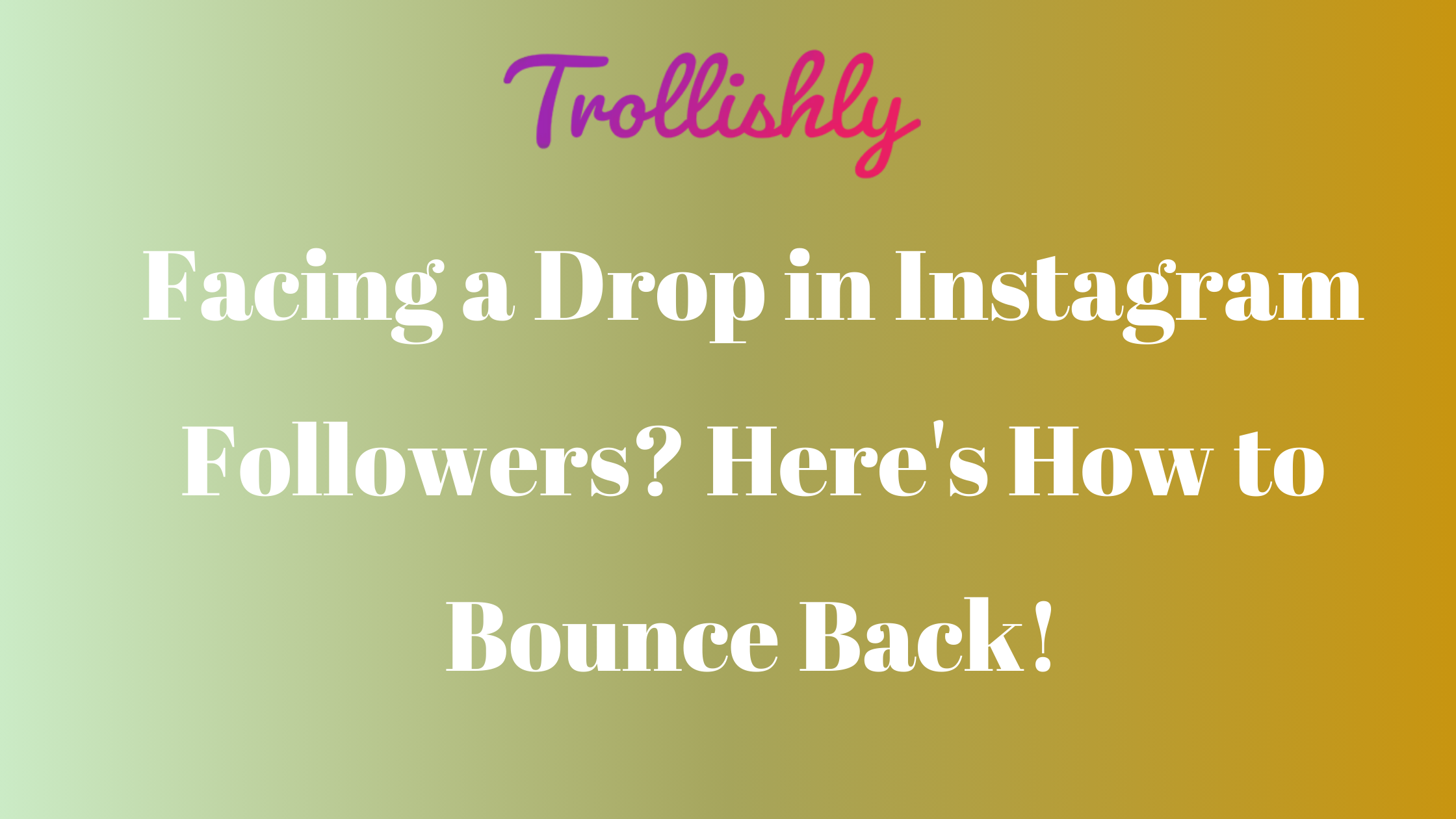Seasonal campaigns are a powerful tool for brands to engage with their audience, boost sales, and increase visibility. Whether it’s the holiday season, summer sales, or other key moments throughout the year, these campaigns offer a unique opportunity to leverage the time-sensitive nature of the event. A well-executed seasonal campaign can lead to massive success, but it requires careful planning, strategic thinking, and creativity. In this blog post, we’ll explore best practices for running successful seasonal campaigns, with insights from a social media marketing agency to ensure your efforts are maximized.
Why Seasonal Campaigns Matter
Seasonal campaigns are integral to businesses because they align your brand with specific events or holidays, tapping into the excitement and heightened consumer demand associated with these times. The main benefits of running seasonal campaigns include:
- Increased Engagement: People are more likely to engage with content related to events they are celebrating, such as holiday seasons, annual sales, or sporting events.
- Boosted Brand Visibility: Being part of a larger, highly anticipated event can significantly increase your brand’s visibility among target audiences.
- Enhanced Sales Opportunities: Consumers often budget for and expect deals during seasonal events, creating a prime opportunity to boost sales and conversions.
- Timeliness: Aligning your content with the current season or event makes it more relevant and timely, which resonates better with audiences.
However, ensuring that your seasonal campaign stands out and drives results requires more than just creating festive content. In this guide, we’ll share some best practices for running seasonal campaigns that resonate with your audience and drive results.
1. Define Your Campaign Goals
Before diving into the creative side of your seasonal campaign, the first step is to define clear and measurable goals. Are you looking to increase sales, improve brand awareness, or foster customer loyalty? As a social media marketing agency would advise, setting specific goals will help guide your campaign strategy and allow you to measure its success.
Key Goals to Consider:
- Increase Sales: If your goal is sales-focused, think about promotions or limited-time offers tied to the season.
- Brand Awareness: If you’re launching a seasonal campaign to expand your reach, focus on content that highlights your brand values or introduces new products/services.
- Customer Engagement: Engage your community by creating interactive and shareable content. This could include polls, challenges, or user-generated content that encourages audience participation.
- Building Loyalty: Seasonal campaigns can be a perfect time to show appreciation for loyal customers, offering them early access to deals or exclusive discounts.
By clearly defining your goals, you’ll have a blueprint to shape your entire campaign and track its effectiveness throughout the season.
2. Know Your Audience
Understanding your target audience is a foundational principle that applies to every social media campaign, and it’s especially critical for seasonal campaigns. Your audience’s preferences, behaviors, and interests will dictate the tone, messaging, and platforms you choose.
A social media marketing agency can conduct in-depth audience research and leverage analytics tools to identify key demographics. For example, if you’re targeting families during the holiday season, content that emphasizes gift-giving, family togetherness, and savings will resonate more.
Create Buyer Personas
To better understand your audience, create buyer personas based on:
- Demographic Information: Age, gender, location, interests, and shopping behavior.
- Previous Purchase Data: Historical behavior that indicates the type of products/services your customers are likely to purchase.
- Pain Points and Preferences: What problems are your audience trying to solve, and how can your seasonal offering provide a solution?
3. Plan Ahead and Be Prepared
Seasonal campaigns are time-sensitive, so preparation is key. The earlier you begin planning, the better you can ensure everything runs smoothly when the time arrives. A social media marketing agency will typically recommend starting your campaign planning months ahead of the season, especially for large events like Black Friday, Christmas, or summer promotions.
Steps to Plan Ahead:
- Create a Campaign Timeline: Plan your content and campaigns for weeks or months in advance. This allows you to map out key dates and ensures there’s enough time for any adjustments.
- Content Calendar: Develop a content calendar that outlines the types of posts, ads, and messages you’ll share across various social media platforms. Include dates for promotions, special events, and when you’ll ramp up content.
By having a clear plan in place, you can avoid last-minute scrambling and ensure that your seasonal campaign is launched at the perfect time for maximum impact.
4. Leverage the Power of Social Media Platforms
The right choice of platforms can make or break your seasonal campaign. While some brands may focus on Facebook or Instagram, others might prioritize TikTok or Pinterest based on where their audience is most active. Each platform offers unique opportunities for creative content and targeting.
Best Practices for Platform-Specific Campaigns:
- Instagram: Perfect for visually-driven campaigns, using Stories, Reels, and Shopping features. Instagram’s interactive features like polls and stickers make it ideal for engagement-driven campaigns.
- Facebook: A great platform for running ads with targeted offers, as well as for building community engagement through group posts and discussions.
- TikTok: Leverage trends, challenges, and influencer partnerships to generate excitement around your seasonal offerings.
- Pinterest: Ideal for visually showcasing seasonal products, DIY projects, and gifts.
Each platform offers specific tools to enhance your campaign, such as Facebook’s targeting options, Instagram’s shop feature, or TikTok’s trending sounds and effects. A software development company may also help integrate your eCommerce website with social media platforms for a seamless shopping experience.
5. Craft Compelling Visual and Written Content
Compelling content is at the heart of every seasonal campaign. Your visuals, including images, videos, and graphics, should reflect the spirit of the season while maintaining your brand’s identity. A social media marketing agency can assist you in developing high-quality, seasonally themed content that grabs attention and drives action.
Tips for Creating Great Content:
- Use Seasonal Colors and Themes: Incorporate colors, fonts, and imagery that are closely associated with the season. For example, warm tones for fall and winter holidays, or vibrant, fresh colors for spring and summer.
- Incorporate Holidays and Festivities: Make sure your content ties into the specific holiday or event. Whether it’s Christmas, Valentine’s Day, or the back-to-school season, your campaign should align with what’s culturally relevant.
- Add a Call to Action (CTA): Make your posts actionable with a strong CTA that directs users to your website, product page, or landing page. Encourage users to take action right away, like “Shop Now,” “Limited Time Offer,” or “Get Your Free Gift!”
6. Offer Exclusive Deals and Limited-Time Offers
One of the best ways to encourage people to take action during seasonal campaigns is by offering exclusive deals and limited-time offers. Whether it’s a discount, a freebie, or a buy-one-get-one-free offer, exclusive deals create urgency, prompting customers to act before the season ends.
Examples of Seasonal Offers:
- Flash Sales: Time-limited flash sales can drive immediate action, making consumers feel like they need to purchase now or miss out.
- Bundled Discounts: Offer discounts for purchasing a set of products, such as a “Holiday Gift Set” or “Summer Essentials Pack.”
- Early Bird Offers: Offer exclusive early access to sales for loyal customers or email subscribers.
A social media marketing agency can help craft messaging that creates urgency around these offers, ensuring that your audience knows they need to act quickly.
7. Engage with Your Audience and Build Community
Engagement is one of the most important aspects of a seasonal campaign. You don’t just want to push out content—you want to build relationships with your audience. Encourage user-generated content (UGC), host giveaways, and interact with your followers to make them feel involved in the campaign.
Ways to Engage Your Audience:
- Contests and Giveaways: Organize contests where users can share their own seasonal moments or tag friends to win a prize.
- Polls and Surveys: Use polls to engage your audience by asking for their preferences, seasonal traditions, or favorite products.
- User-Generated Content: Encourage your followers to share photos or videos of your products in use, and feature their posts on your own page.
8. Track Performance and Adjust in Real-Time
Once your seasonal campaign is live, it’s important to track its performance. Use analytics tools to measure engagement, traffic, sales, and other important metrics. This allows you to make real-time adjustments to improve performance and maximize your ROI.
Key Metrics to Track:
- Engagement Rates: Likes, comments, shares, and interactions on posts.
- Traffic and Conversions: Track the number of visitors coming from social media, as well as how many make a purchase or take the desired action.
- Return on Investment (ROI): Measure the overall profitability of your campaign by comparing the revenue generated to the cost of running the campaign.
Conclusion
Running a seasonal campaign can be a game-changer for your business, driving sales, boosting brand awareness, and strengthening customer loyalty. By following these best practices, you can create a campaign that resonates with your audience and delivers results. Partnering with a social media marketing agency ensures that you have the expertise and resources needed to execute a successful campaign. With the right strategy, your brand can make the most of every seasonal opportunity and stand out in the competitive digital space.





